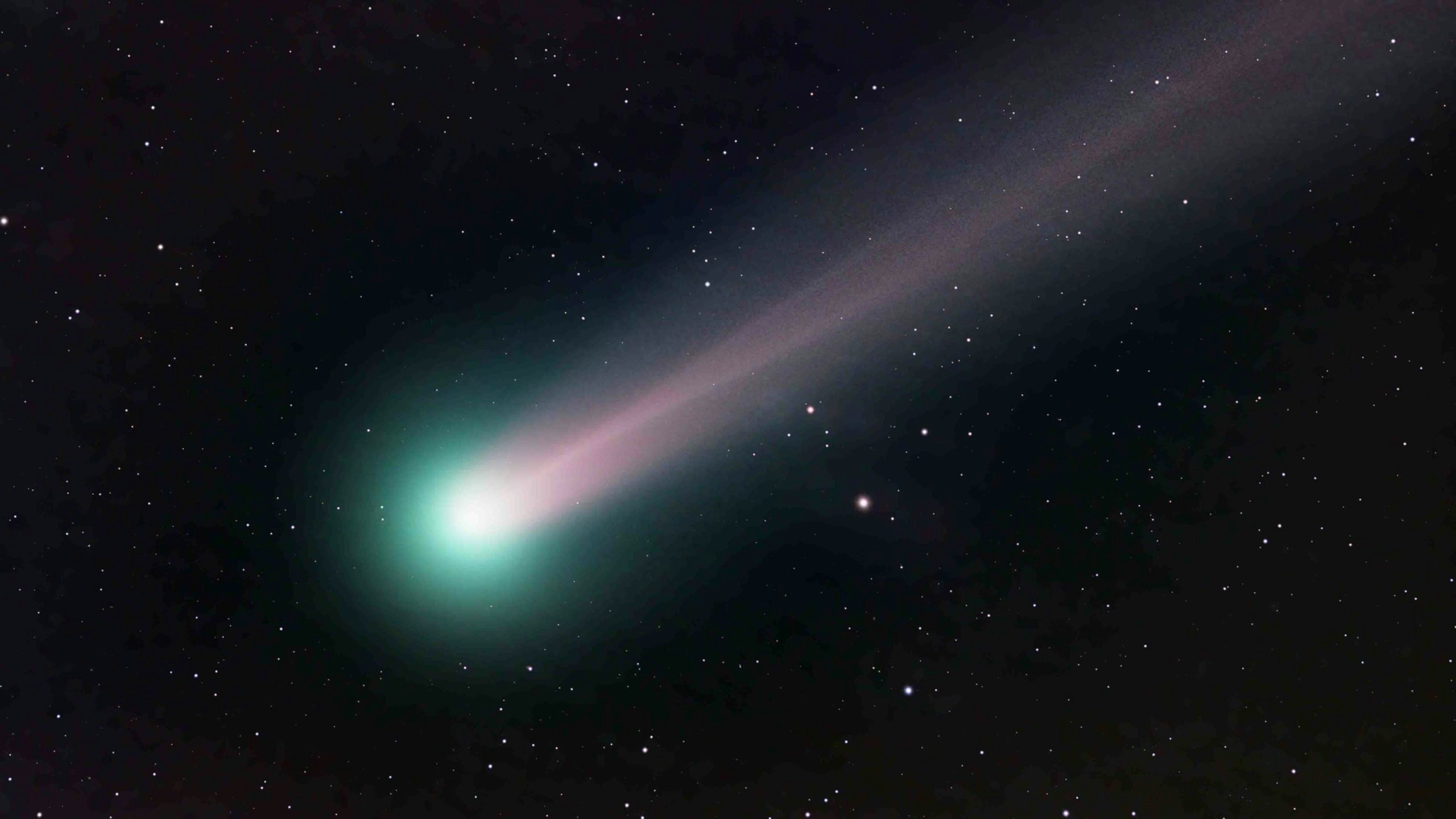The good news is Wyomingites should be able to see the once-in-50,000-year passing of a rare green comet with the naked eye.
The bad news is that it’s happening in January and February.
But since lowly humans don’t have control over the universe, we’ll have to take the green comet when we can get it.
And we can get it now. Thursday night was the grand opening.
The comet named “C/2022 E3 (ZTF)” has begun its trek past Earth and as it gets closer, it will continue to brighten.
But what’s cool about it is it’s green.
It’s Green
That’s because of its chemical composition, said the head of the University of Wyoming planetarium.
“It’s like a neon sign,” Max Gilbraith told Cowboy State Daily. “There’s a specific gas inside them. When you get electricity passing through them, they emit a specific color.
“So with comets, the chemical composition of them interact with the sun’s heat and solar wind and in this case, it looks green.”
Best Night For Viewing
Although the comet’s light show has just begun, it should be brightest Feb. 1 and 2 when it is closest to the Earth.
How bright can it get? That’s a variable.
“You never know what a comet is going to do,” Gilbraith said. “They can fracture and break into pieces or it can be spinning thereby producing a brighter side which is emitting or reflecting more light. The tail could suddenly get larger too.”
Unless it explodes, it still won’t be as visible as the 2020 Comet NEOWISE, which was the brightest comet since Hale-Bopp in 1997.
But it should still produce good viewing.
Best Views In Country
Wyomingites have an advantage. Because of the lack of light pollution, spotting the comet without binoculars or a telescope will be easier than most locations. Although having some magnification, Gilbraith said, would probably produce a better result.
“Just get away from the lights,” he said. “Dark skies are the premium, and then a clear view to the north is next important.”
Gilbraith said he thinks the best place to view the comet could be in the Shirley Basin, near the Wheatland Reservoirs, and away from the mountains in the Cody area.
Wyoming meteorologist Don Day concurs with those locations, but also mentioned western Carbon County and eastern Sweetwater County as good for viewing.
“If you can get to the middle of Yellowstone National Park, that would be ideal,” Day said, noting that it would be difficult, if not impossible, to do.
“Bighorn Basin would be good,” he said. “But the comet-viewing capital of Wyoming could be Lusk.”
Gilbraith said on top of Devils Tower would be excellent viewing as well, “if you can get up there, but it’s a pretty technical climb even when it’s dry.”
He did not recommend attempting it.
Where To Look?
For this weekend, the comet will become visible just after midnight in the northeastern sky, Gilbraith said.
Beginning Jan. 21, the comet will be visible all night and look between the North Star and the top of the Big Dipper.
“You will be facing mostly north to find it,” he said.
Look Up!
Day said he was excited to see the comet and he hopes people will experience it for themselves.
“It gets people out and gives them more of an appreciation for looking up,” he said. “People are looking down at their phones all day. We’ve got the best viewing locations in Wyoming, let’s look up.”
Another good spot to see the comet on February 1 — when it will be closest to the Earth — is in Laramie.
Gilbraith said rooftop telescopes will be provided for the public at the Physical Sciences building on the UW campus beginning at 7p.m.





